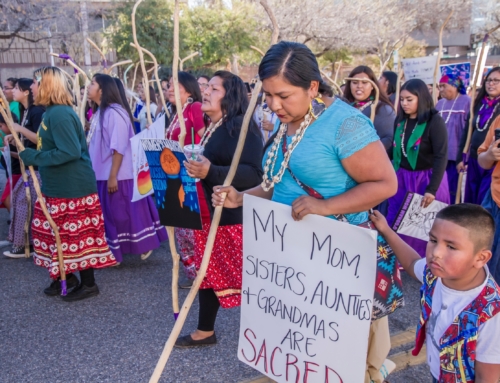Each year between November 13-19th, people and organizations around the country participate in Transgender Awareness week to raise the visibility of transgender people and the issues they face. At the end of the week, on November 20th, communities around the world observe Transgender Day of Remembrance (TDOR) to honor the memory of transgender people whose lives were lost throughout the year. This year, we at RE·Center want to highlight the issues that many transgender youth face in and out of schools.
In 2015, Gavin Grimm brought transgender youth to the forefront of national news with a court case against his Virginia school. Grimm v. Gloucester County School Board argued that the county’s bathroom policy, which requires transgender students to use “alternative private” restroom facilities discriminatory and unconstitutional under the Fourteenth Amendment and violates Title IX. Grimm’s court case continued for five years and was later amended to include the question of trans student’s gender marker and name on transcripts. Earlier this year, a Federal Court of Appeals ruled that “it was unconstitutional and in violation of Title IX to deny a transgender student accurate transcripts reflecting their gender identity” (CNN). While the case initially focused on school bathrooms, it quickly became a conversation about, as Laverne Cox says, trans people’s right to exist in public spaces. It also became representative of the wider range of issues that transgender youth face in schools, including ostracization, deadnaming, misgendering, and bullying.
In addition to this, transgender youth face higher rates of mental health issues. According to The Trevor Project’s National Survey on LGBTQ Youth Mental Health 2020, 68% of LGBTQ youth reported symptoms of generalized anxiety disorder, and more than 2 in 3 reported symptoms of major depressive disorder. While this report does not disaggregate the data by race, we can imagine these numbers are higher for transgender youth of color who navigate the compounding oppression of racism and transphobia. When considering the fact that 38% of transgender and nonbinary youth experience housing instability, support in schools becomes increasingly important. Schools and educators should be looking at their policies surrounding things like bathrooms, locker rooms, and paperwork to ensure they are as affirming as possible for those most harmed by them. However, supporting transgender youth starts with affirming who they are. As the Trevor Project report states,
“Transgender and nonbinary youth who report having their pronouns respected by all or most of the people in their lives attempted suicide at half the rate of those who did not have their pronouns respected.”
Affirming transgender and nonbinary youth is more than just an issue of politics or policy. It is lifesaving. The resources below include documentaries, guides, and reports for educators and school communities to begin doing the lifesaving work of being an ally to the transgender and nonbinary youth in their classrooms.
- Disclosure (Netflix)
- Gender Revolution (National Geographic)
- Happy Birthday Marsha (Amazon Prime)
- Transhood (HBO)
- The Trans List (HBO)
- ‘Ask Me’: What LGBTQ Students Want Their Professors to Know
- A Guide to Being an Ally to Transgender and Nonbinary Youth (Trevor Project)
- School and Gender Identity: A Toolkit for Schools (USC Rossier)
- 12 Ways to Make Your Classroom Safe for LGBTQ Students (Free Spirit Publishing)
- Transgender Children & Youth: Understanding the Basics (HRC)
- Queer Youth Advice for Educators (Abe Louise Young and youth contributors)
- Dismantling A Culture of Violence (HRC)
RE·Imagine
Imagine if schools were a safe space for transgender and nonbinary youth to fully be themselves and explore their identities. What are some changes schools and teachers can make immediately to save the lives of their students? If you’re a transgender or nonbinary adult, what are ways that you hoped your school would have supported you when you were in school?
-SabriAnan & your friends at RE·Center



